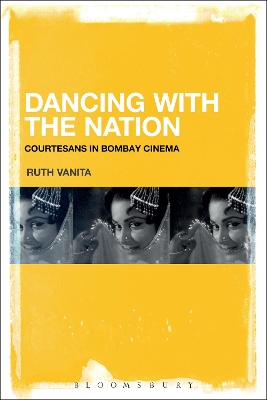Indian cinema is the only body of world cinema that depicts courtesans as important characters. In early films courtesan characters transmitted Indian classical dance, music and aesthetics to large audiences. They represent the nation’s past, tracing their heritage to the fourth-century Kamasutra and to nineteenth-century courtly cultures, but they are also the first group of modern women in Hindi films. They are working professionals living on their own or in matrilineal families. Like male protagonists, they travel widely and develop networks of friends and chosen kin. They have relations with men outside marriage and become single mothers. Courtesan films are heroine-oriented and almost every major female actor has played this role. Challenging received wisdom, Vanita demonstrates that a larger number of courtesans in Bombay cinema are Hindu and indeterminate than are Muslim, and that films depict their culture as hybrid Hindu-Muslim, not Islamicate. Courtesans speak in the ambiguous voice of the modern nation, inviting spectators to seize pleasure here and now but also to search for the meaning of life. Vanita's groundbreaking study of courtesans and courtesan imagery in 235 films brings fresh evidence to show that the courtesan figure shapes the modern Indian erotic, political and religious imagination.
- ISBN10 1501334425
- ISBN13 9781501334429
- Publish Date 22 February 2018 (first published 10 December 2017)
- Publish Status Active
- Publish Country US
- Publisher Bloomsbury Publishing Plc
- Imprint Bloomsbury Academic USA
- Format Hardcover
- Pages 232
- Language English
